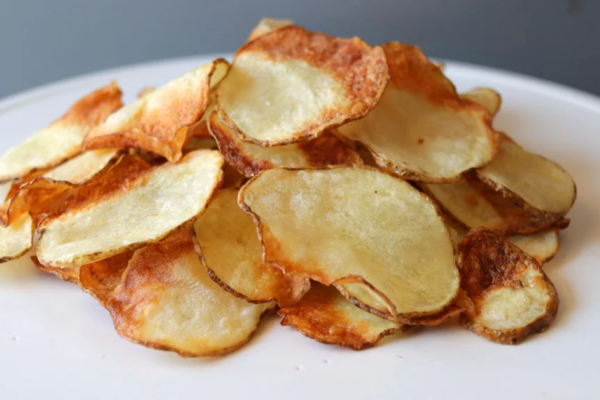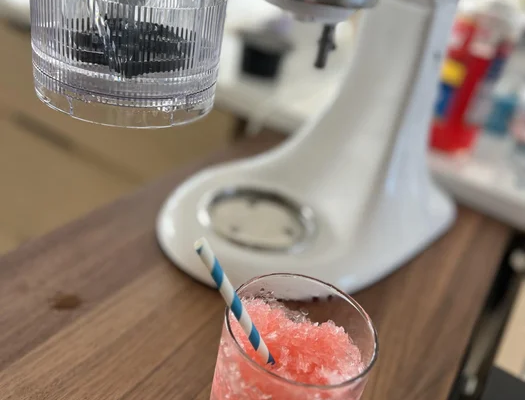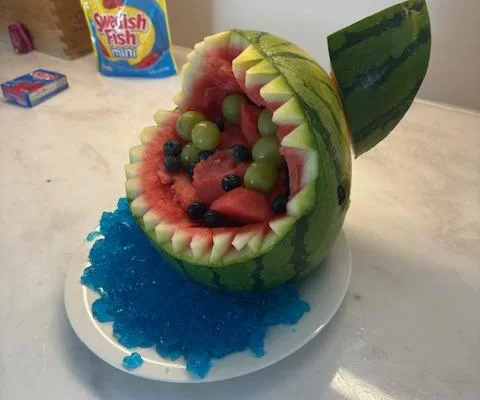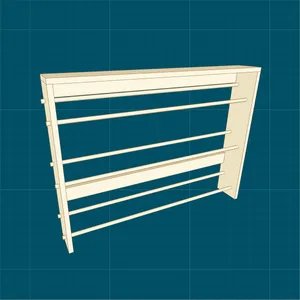Creating Simple Compostable Baskets for Easter & Purim This year, I decided to make simple and eco-friendly baskets for Purim gifts. Purim, a Jewish holiday, is a time when we exchange baskets of fruit, sweets, and treats with friends and neighbors. I haven’t done this in years, but now that I have a child, the idea resurfaced after reading an article, “A six-step guide to making mishloach manot that don’t suck” from The Forward. I thought it would be fun to bring back the tradition and share these festive treats with my neighbors. However, when it came to deciding what kind of container to use, I wanted something more than just a paper plate covered with plastic wrap. After a bit of thought, I knew I wanted to make a basket, but not just any basket—something simple, compostable, and environmentally friendly. I wanted to create a container that wouldn’t add to plastic waste, especially since I’m trying to reduce my environmental footprint. The solution I came up with was to make compostable baskets. In many major cities, compostable materials can be collected and processed, so instead of ending up in a landfill, the waste would return to the earth, contributing to a more sustainable cycle. It’s a satisfying solution to the disposable basket problem, and while it’s more complicated than some options, it feels better knowing it won’t add to the global trash pile. Materials Needed: Steps to Create Compostable Baskets: Step 1: Prepare the Paper Tape Start by cutting a long strip of paper tape, about 40 cm (you can adjust based on your bowl size). Lay a paper towel across the tape, aligning one edge with the edge of the tape. This helps prevent the adhesive from sticking to the inside of the tape strip. Once applied, use scissors or a craft knife to trim the excess paper towel along the opposite side of the tape. Step 2: Notch the Bowls Next, take one of your paper bowls and mark where to cut notches on either side of the rim. I experimented with different notch styles and found that angled notches worked best for me, but you can go with whatever design you prefer. Use this first bowl as a template to cut similar notches on your other bowls. After cutting, trim a small portion of the rim at each notch to prevent it from flaring out. Step 3: Attach the Handle Now, it’s time to create the handle. Take the paper tape with the attached paper towel and position it so that the ends align with the notches on opposite sides of the bowl. Stick the tape to the outside of the bowl to form the handle. This should hold the handle in place securely. Step 4: Add Final Touches To add a festive touch, I found some paper Easter grass, which I used to line the inside of the basket. You can also twist the handle for a different look. While using the Easter grass may seem counterintuitive given my efforts to reduce consumption, it’s still compostable and adds a nice seasonal touch. You can feel good knowing that these baskets are made from all paper products, making them fully compostable. If your neighbors are into composting, it’s a great idea to let them know that these baskets can go right into their green bin along with their food scraps. With this simple, eco-friendly basket, you can share the joy of Purim or Easter without adding to the waste problem, making it a thoughtful gesture for both the season and the environment.









